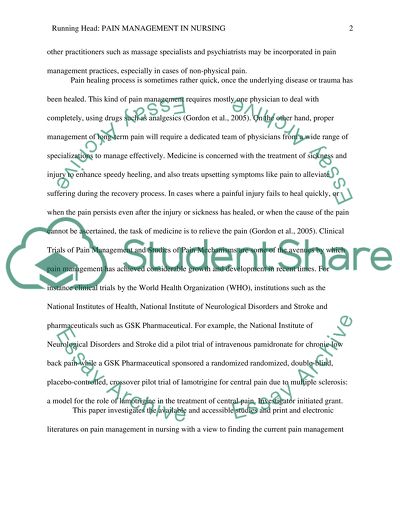Cite this document
(“Pain management in nursing Research Paper Example | Topics and Well Written Essays - 2000 words”, n.d.)
Retrieved from https://studentshare.org/nursing/1487118-pain-management-in-nursing
Retrieved from https://studentshare.org/nursing/1487118-pain-management-in-nursing
(Pain Management in Nursing Research Paper Example | Topics and Well Written Essays - 2000 Words)
https://studentshare.org/nursing/1487118-pain-management-in-nursing.
https://studentshare.org/nursing/1487118-pain-management-in-nursing.
“Pain Management in Nursing Research Paper Example | Topics and Well Written Essays - 2000 Words”, n.d. https://studentshare.org/nursing/1487118-pain-management-in-nursing.


